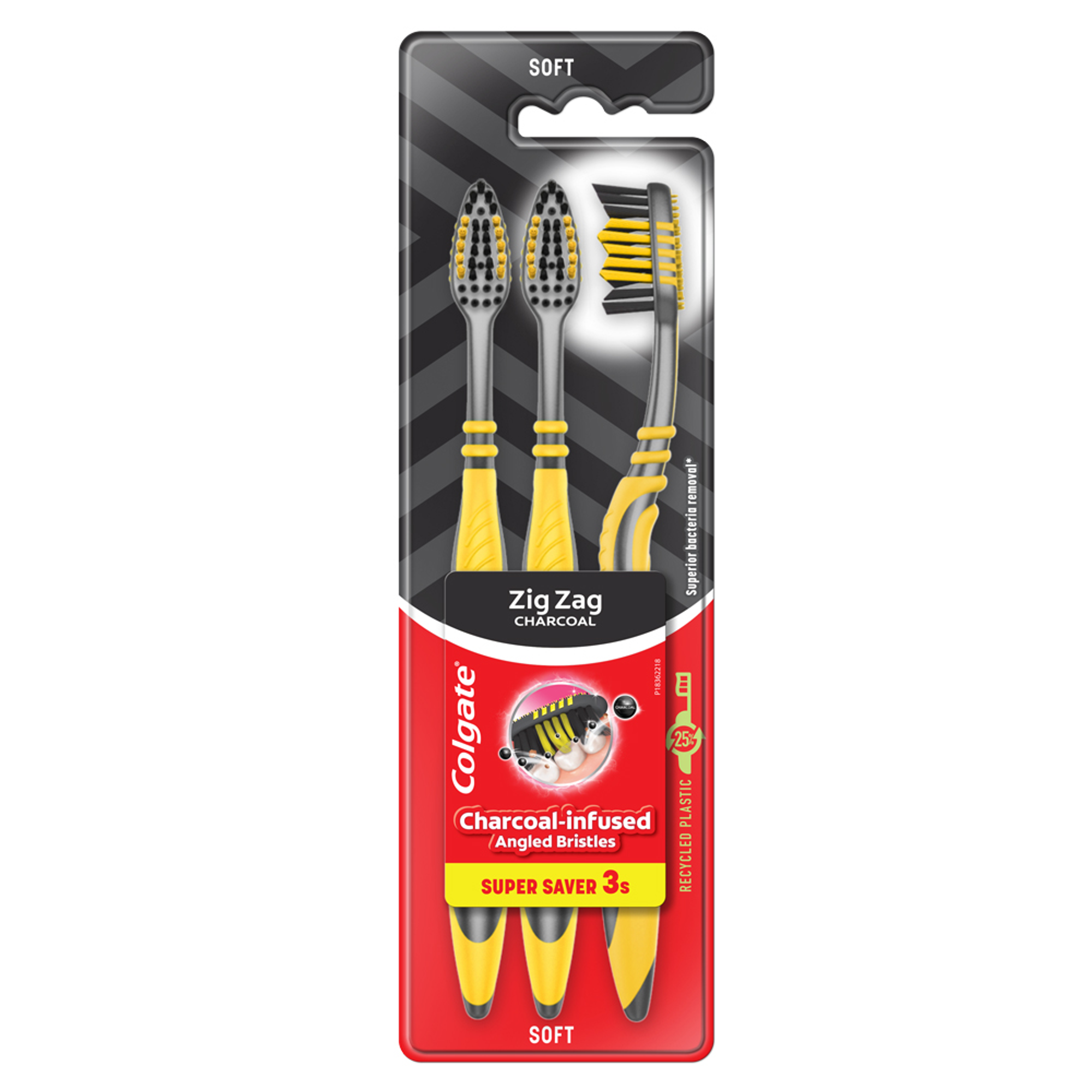- Oral Health and Dental Care | Colgate®
- Oral Health
- Sealant for Teeth: What You Need to Know


Once permanent teeth come in, they should last a lifetime; this requires both good oral care and regular dental visits. However, it is still possible that you'll need further treatments to protect your teeth, ensuring that they last as long as you need them. One such treatment is dental sealants for teeth, which is often applied during childhood if tooth decay appears likely.
What Is Dental Sealant?
A dental sealant consists of a thin coating of plastic that is applied to the chewing surfaces of the teeth, primarily the back molars and premolars. Dental sealants are usually white or clear and aren't visible on the teeth during activities such as talking.
What Is Its Purpose?
Dentists and dental hygienists typically recommend sealants as a way to protect teeth from the bacteria that contributes to tooth decay. Most of the time, the sealant is applied soon after the chewing surface of the tooth erupts, normally between six and twelve years of age. However, sealants can also be used for older children and even adults if their teeth have grooves or show signs of imminent decay. Your dentist can help you decide when is the right time to undergo the treatment.
How Is It Applied?
Dental sealant placement is usually painless and doesn't require drilling or numbing medications. First, the dental hygienist will clean the surface of the tooth to remove plaque and food debris from the pit and fissure surfaces of the teeth selected for sealant placement. Next, she will isolate the tooth so that saliva doesn't cover the pit and fissure surfaces. The surface of the tooth is then dried. The dental hygienist will etch the surface of the tooth in the pit and fissure areas, rinse the etch, and dry the tooth. At this point in the process, the tooth will have a chalky appearance. The dental hygienist will then apply the dental sealant material to the surface of the tooth and follow the manufacturer's directions for applying it. If she is using light-cured sealant material, the self-curing light will be on for about 30 seconds of visible light. Finally, the dental hygienist and dentist will evaluate the dental sealant and check its occlusion.
Related Products

Helping dental professionals
More professionals across the world trust Colgate. Find resources, products, and information to give your patients a healthier future













